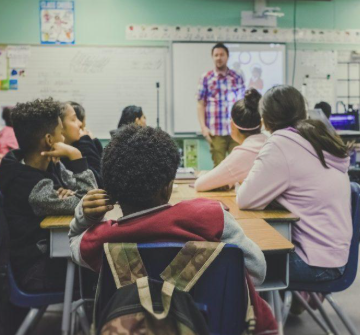Metacognition—the ability to reflect on one’s own thinking—is a powerful skill that helps students become more aware, independent, and effective in their learning. Teaching metacognitive strategies in a personalized environment allows educators to adapt lessons to meet individual needs while encouraging students to take ownership of their progress. Here’s how educators can bring this approach into the classroom in a meaningful and student-centered way.
1. Start with Self-Awareness Activities
Begin by helping students understand how they learn best. Use tools such as learning style surveys, reflection journals, or one-on-one conversations. Encourage learners to describe how they approach new challenges, what helps them stay focused, and what causes confusion. This initial insight sets the foundation for personalized metacognitive development.
2. Model Metacognitive Thinking Aloud
Demonstrate how to think about thinking. When solving a problem or analyzing a text, speak your thought process out loud. Phrases like “I’m wondering why…” or “I think I’ll try this strategy first…” show students how experienced learners monitor their decisions and adjust when needed. This real-time modeling builds awareness and encourages students to adopt similar strategies.
3. Integrate Goal Setting into Lessons
Personalized learning thrives when students set their own goals. Guide learners in creating clear, achievable learning objectives. Help them reflect on past performance, identify areas for growth, and plan how to reach their goals. Revisiting these goals regularly strengthens metacognitive habits and reinforces accountability.
4. Use Checkpoints and Guided Reflection
Rather than waiting for a final assessment, provide regular opportunities for learners to pause and reflect. Ask questions like:
- “What strategy are you using, and why?”
- “What’s working well so far?”
- “What might you change next time?”
Whether written or verbal, these checkpoints make reflection a routine part of learning and empower students to adjust course as needed.
5. Offer Choice with Purpose
Giving students voice in how they demonstrate understanding encourages deeper thinking. Allow them to choose from different tasks—such as writing, creating visuals, or presenting—but connect the choices to reflective questions. “Why did you choose this method?” or “How does this format help you express your ideas?” prompts students to think critically about their learning preferences.
6. Create a Safe Space for Productive Struggle
Metacognition thrives in an environment where making mistakes is viewed as part of the learning process. Encourage students to analyze missteps without fear of judgment. Celebrate resilience and help learners identify what they can learn from challenges. Personalized support, such as targeted feedback or small-group coaching, ensures each student feels supported in their reflection journey.
7. Use Learning Portfolios
A digital or physical portfolio can become a living reflection tool. Ask students to collect work samples, reflections, and notes on strategies they’ve used. Reviewing these artifacts allows learners to spot growth over time and recognize how their thinking has evolved.
Conclusion
Teaching metacognition in a personalized setting means equipping students with the tools to reflect, adapt, and take control of their learning. By weaving self-awareness, reflection, goal setting, and voice into everyday practice, educators can help students become more confident and capable thinkers. As students grow in metacognitive skill, they not only improve academically—they develop the lifelong habits of thoughtful learners.














